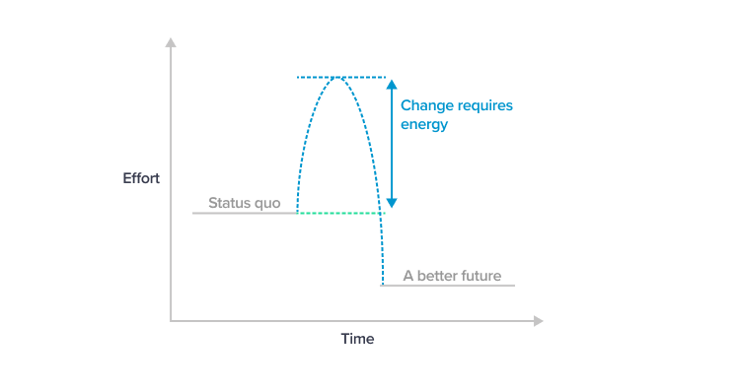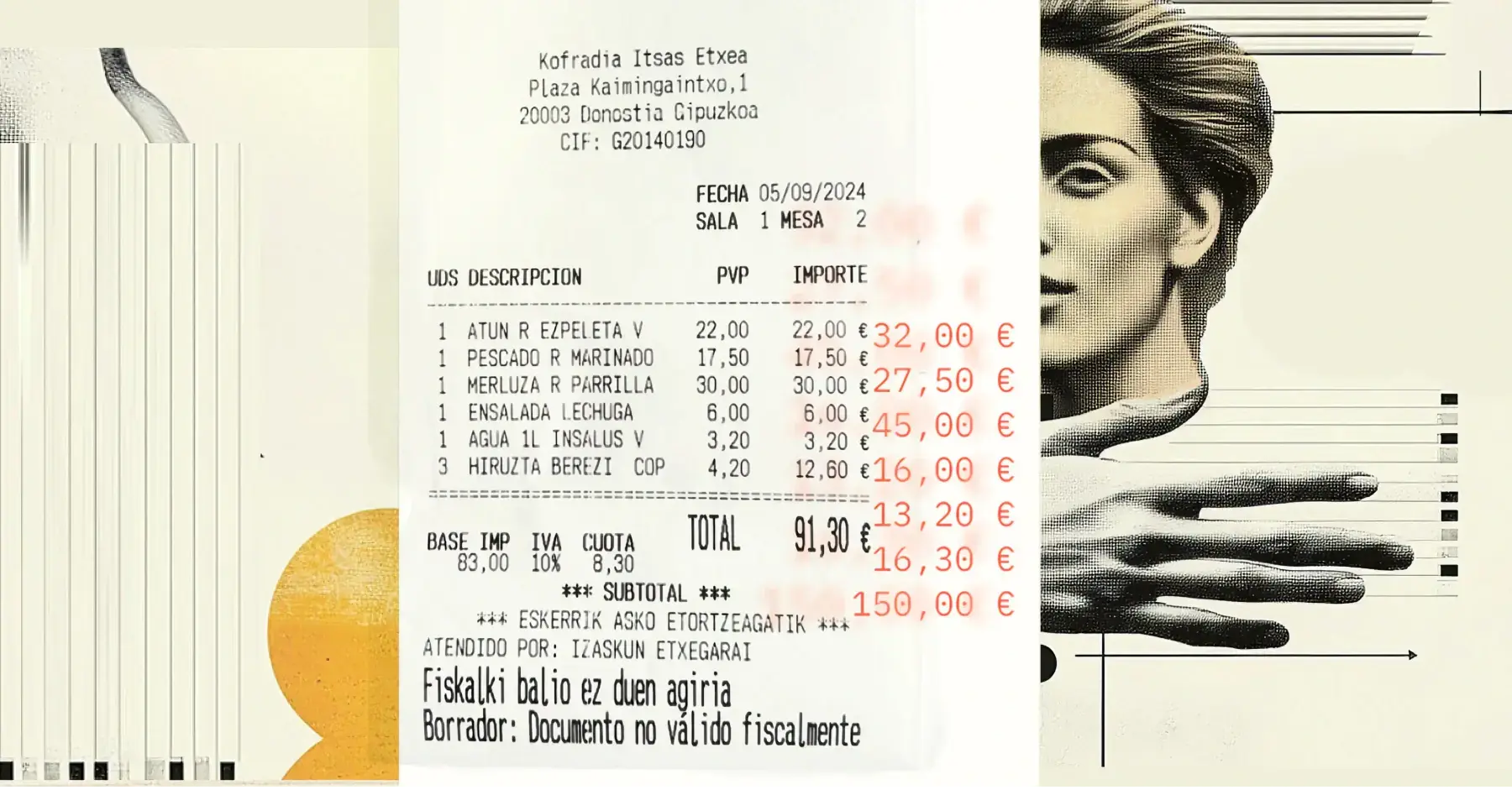There’s a saying that a crisis is a terrible thing to waste. What it actually represents is an opportunity–and the space–for change that normally isn’t available. Here are some of the key hurdles that usually stand in the way of change:
1. Change is uncomfortable
More to the point, the status quo is comfortable. We all take comfort in our routines, whether it’s a particular procedure for closing the books, taking comfort in a familiar organizational structure and close colleagues, or simply repeating the same stretches and workout routine every morning. Breaking out of that comfort zone is both difficult and not always seen as providing worthwhile rewards.
2. Incentives aren’t aligned
Every department and partner is driven by different objectives or KPIs. Revenue teams want to hire ahead of predicted growth, while finance wants to see proof, first. Companies with complementary capabilities to yours want to explore building the adjacent capabilities you deliver, rather than investing in partnerships. Suppliers and buyers are more invested in building long-term relationships and goodwill than in making sure every payment and collection is right on time. Without aligned incentives, finding a way to work together toward new and positive outcomes becomes arduous.
3. Stay in your lane
Teams tend to stay in their own swim lanes to avoid change. The tax department will keep to themselves, as will the invoice processing team. They have little need to talk to each other. If they need to align processes or computer systems, for example, they work methodically through that alignment, raising every possible objection and potential hurdle. The goal is to ensure the solution is correct, of course. But wading through the red tape of heavy opposition also serves to minimize change.
4. Competing incremental initiatives
In prosperous times, there are many attractive opportunities for an organization to invest in growth. From management’s point of view, focus is difficult to maintain and it becomes too easy to spread capital and management attention too broadly. Because there are many “easy wins,” more incremental, yet proven, ideas tend to fill up the investment budget.
5. If it ain’t broke don’t fix it
Persuading others to make changes is harder when the economic sea is calm and fortunate winds fill your sails. By definition, a crisis breaks things, and the fixes required can provide the impetus for changes that would be seen as too radical under normal circumstances.
Since you read this far, I’ve got two bonus reasons that you need a crisis to drive change:
6. A lack of momentum and energy
Those of you who remember chemistry class might recall that a chemical reaction requires energy to start, even if it releases energy overall in the course of the reaction (if no energy was needed, the reaction would have happened already).
A very similar logic exists for making major changes in a business. Although the outcome on the other side of the change might be a better situation compared to the status quo, it’s hard to get past the energy required to make a change.
7. The process doesn’t allow for change
Think about procurement processes, for example. For many large organizations, purchasing anything requires a request for quote (RFQ) from at least three pre-qualified vendors and a formal tender process. It’s a very prolonged, and actually quite inefficient, exercise.
What many enterprises often don’t realize is the ease with which adapting to a crisis can turn a seemingly untenable situation into an opportunity to thrive.
Do you want to learn how a crisis turns these dynamics upside down, unlocking opportunity for change? Do you want to find out how you can drive change in your organization with an AI-driven strategy that delivers immediate ROI while setting you up for transformation in the medium and long term?
In this webinar, I’ll address these questions and provide you with insights to make positive change happen in your organization.


